Implementing a full-suite HR system like UKG® is one of the most powerful moves a business can make—but let’s be honest, it’s also one of the most intimidating.
Between leadership expectations, evolving business processes, scattered data, and shifting team dynamics, it’s easy for even the most experienced organizations to feel overwhelmed before implementation even begins. That’s why at Mosaic Consulting Group, we don’t just focus on the software—we focus on building a foundation that lasts.
With more than 13 years of experience and a team of over 250 UKG-certified specialists, Mosaic has guided hundreds of organizations through successful implementations across every module of the UKG suite. And while no two clients are the same, we know one thing for sure: a smooth integration starts with clarity, strategy, and the right partner.
Start with Strategy—Not Software
Before any configuration happens, we sit down with our clients to align UKG capabilities with their business goals. What is your workforce struggling with today? Where do inefficiencies show up most often? How is your data currently structured—and how should it be?
Through hands-on workshops and strategic assessments, we help uncover your real needs, not just the ones that show up in RFPs. The goal isn’t just to “turn on” UKG. It’s to use it in a way that elevates your business and unlocks long-term value.
Implementation That Feels Like Collaboration
Once alignment is clear, the process becomes smoother, more intentional, and more collaborative. Our team doesn’t drop a pre-built solution onto your existing structure. We work side-by-side with you, configuring the UKG system to reflect your policies, your workflows, and your way of operating—while helping you rethink outdated processes along the way.
Data is treated with equal care. We guide your team through cleansing, standardization, and migration, ensuring that what goes into the system is not only accurate, but future-proof. Because great software is only as good as the data driving it.
Testing with Purpose
We believe testing should do more than just check boxes—it should build confidence. That’s why our process includes functional testing, user acceptance testing, and real-world simulations that invite feedback from the people who will be using the system every day. When they tell us what works—and what doesn’t—we refine, adjust, and optimize before launch. No surprises. No last-minute chaos.
Deployment Is Just the Beginning
A successful go-live isn’t a finish line—it’s a launchpad. What happens after deployment is just as critical as what came before it.
That’s why Mosaic stays engaged beyond launch day, providing live support, system tuning, and hands-on training to ensure your teams not only understand the platform but embrace it. Change management is woven into everything we do, helping employees at every level navigate the transition and adopt new systems with confidence.
Who We Serve Best
Mosaic’s implementation model is especially impactful for organizations:
-
New to UKG and unsure where to begin
-
Struggling with turnover and lost internal knowledge
-
Seeking to avoid a “lift and shift” of broken processes into a new system
-
Needing a fresh perspective after years of maintaining outdated workflows
If that sounds like your team, you’re not alone. And you’re exactly who we’re built to support.
The Mosaic Difference
There’s a reason our clients return to us not just for implementation, but for optimization, analytics, and long-term strategic support. They trust that we don’t offer off-the-shelf answers—we bring insight, expertise, and a commitment to helping them grow.
A successful UKG rollout isn’t about how fast you can go live. It’s about how well your system works six months later. One year later. Five years later. And it all starts with the foundation.
Let’s build it right.
Ready to make UKG work the way it was meant to?
Contact Mosaic Consulting Group to start a conversation about your roadmap.

